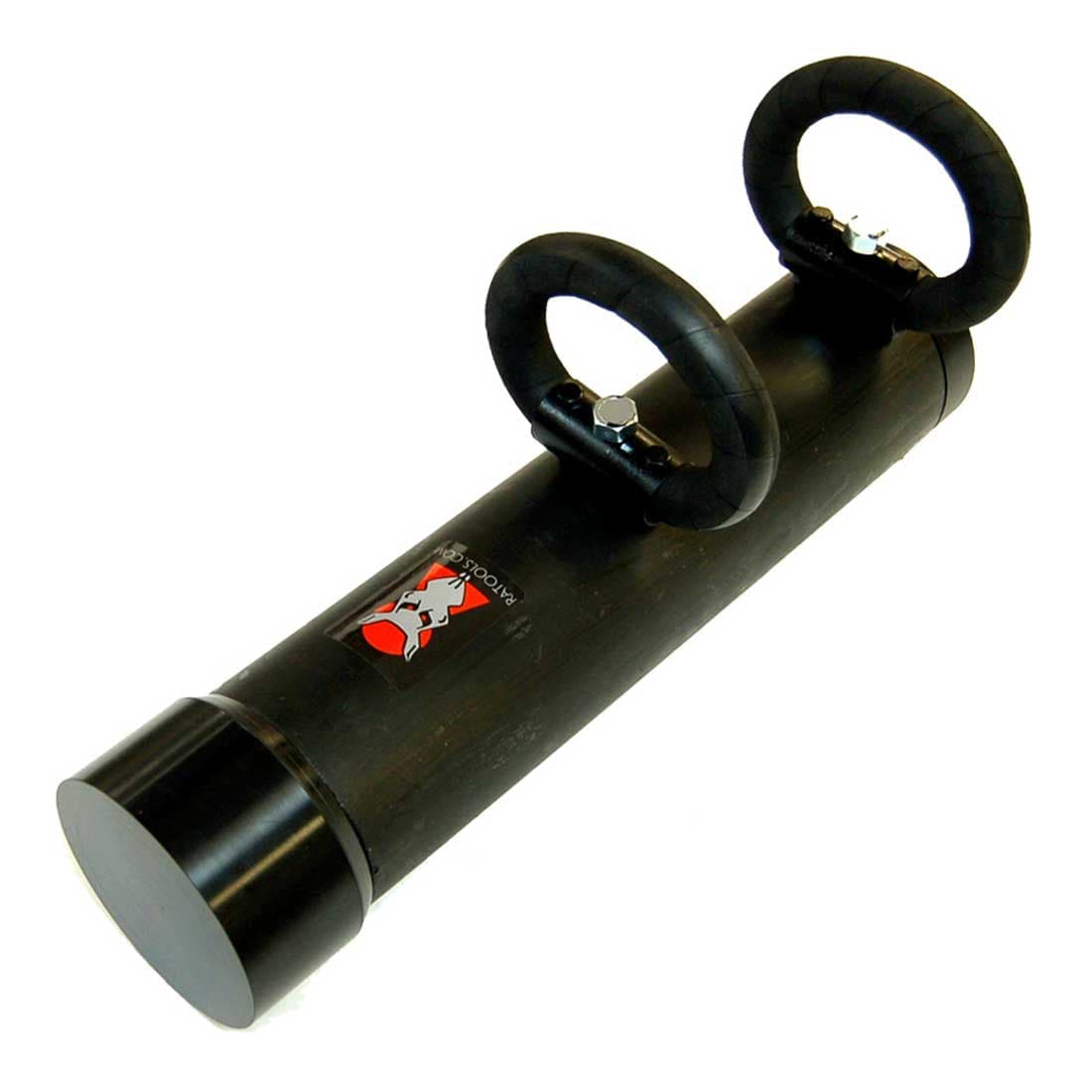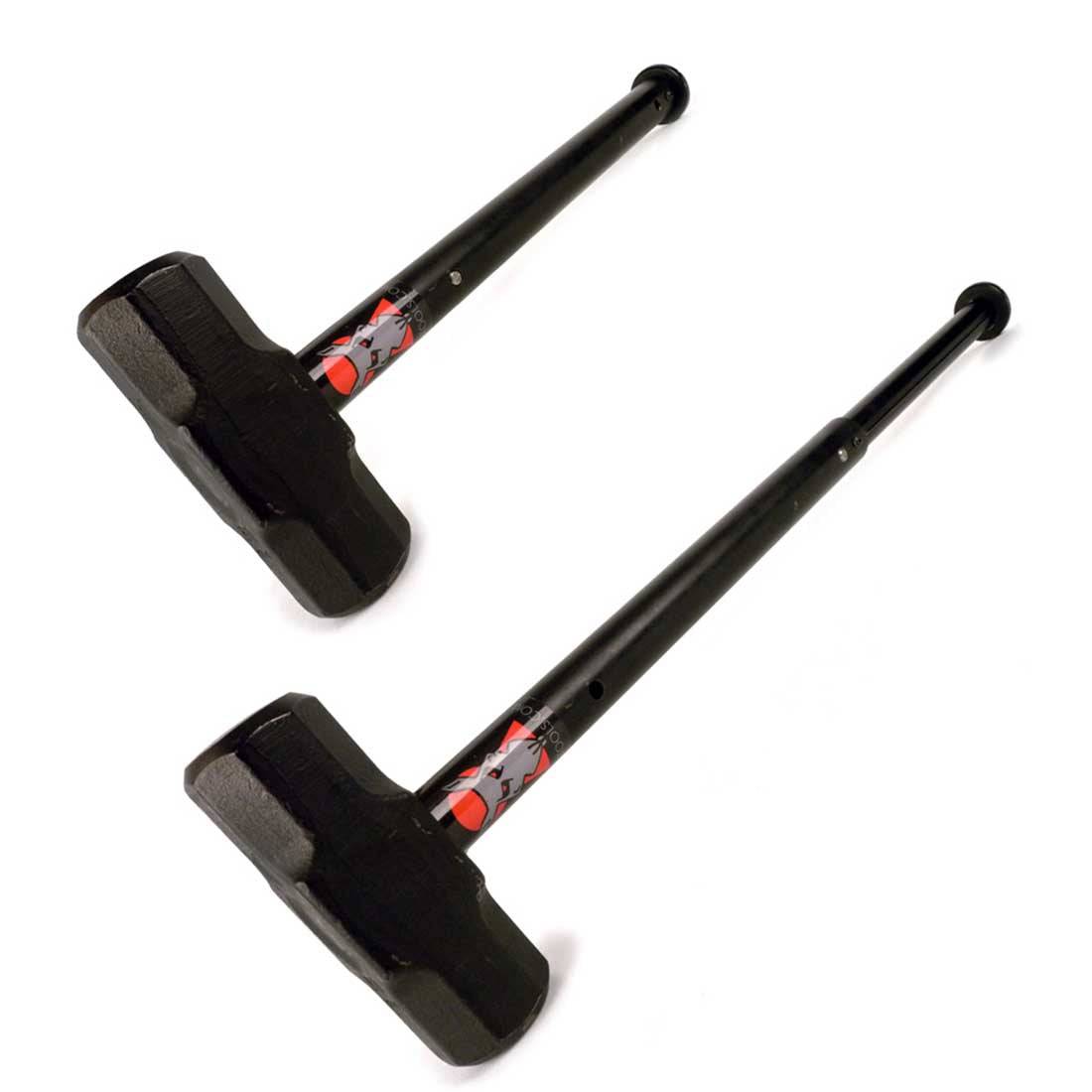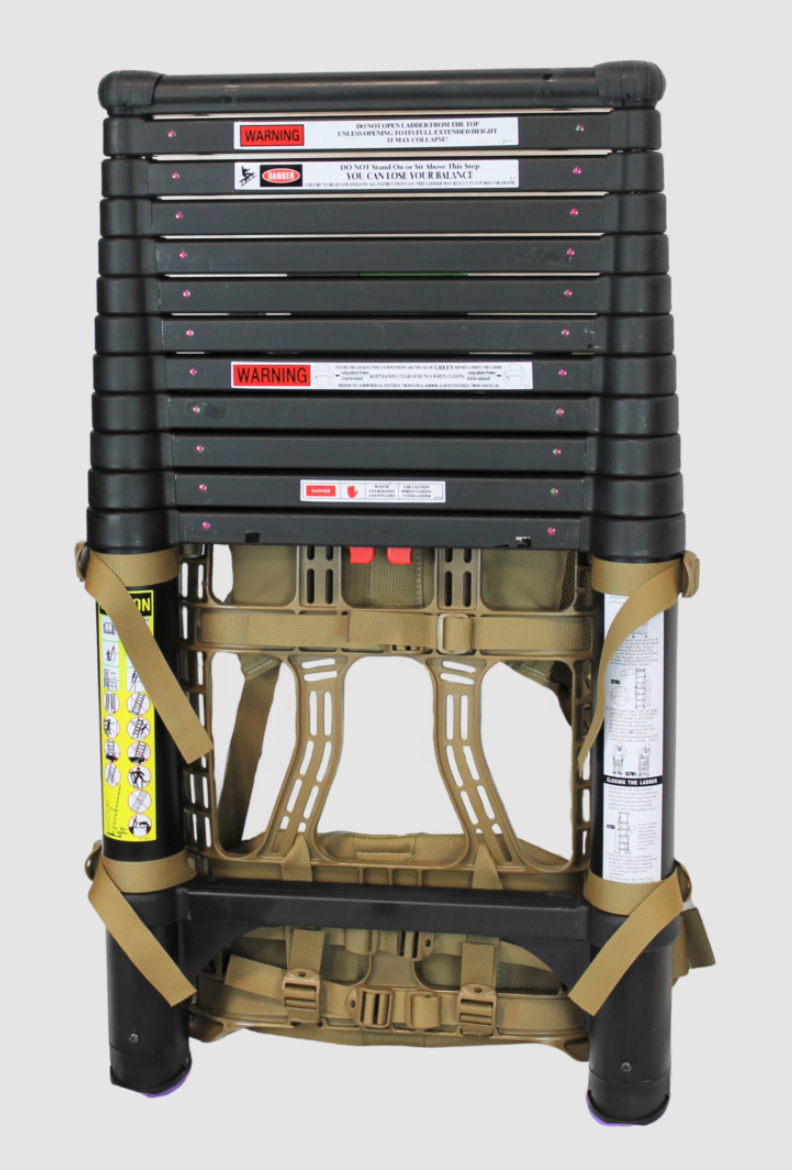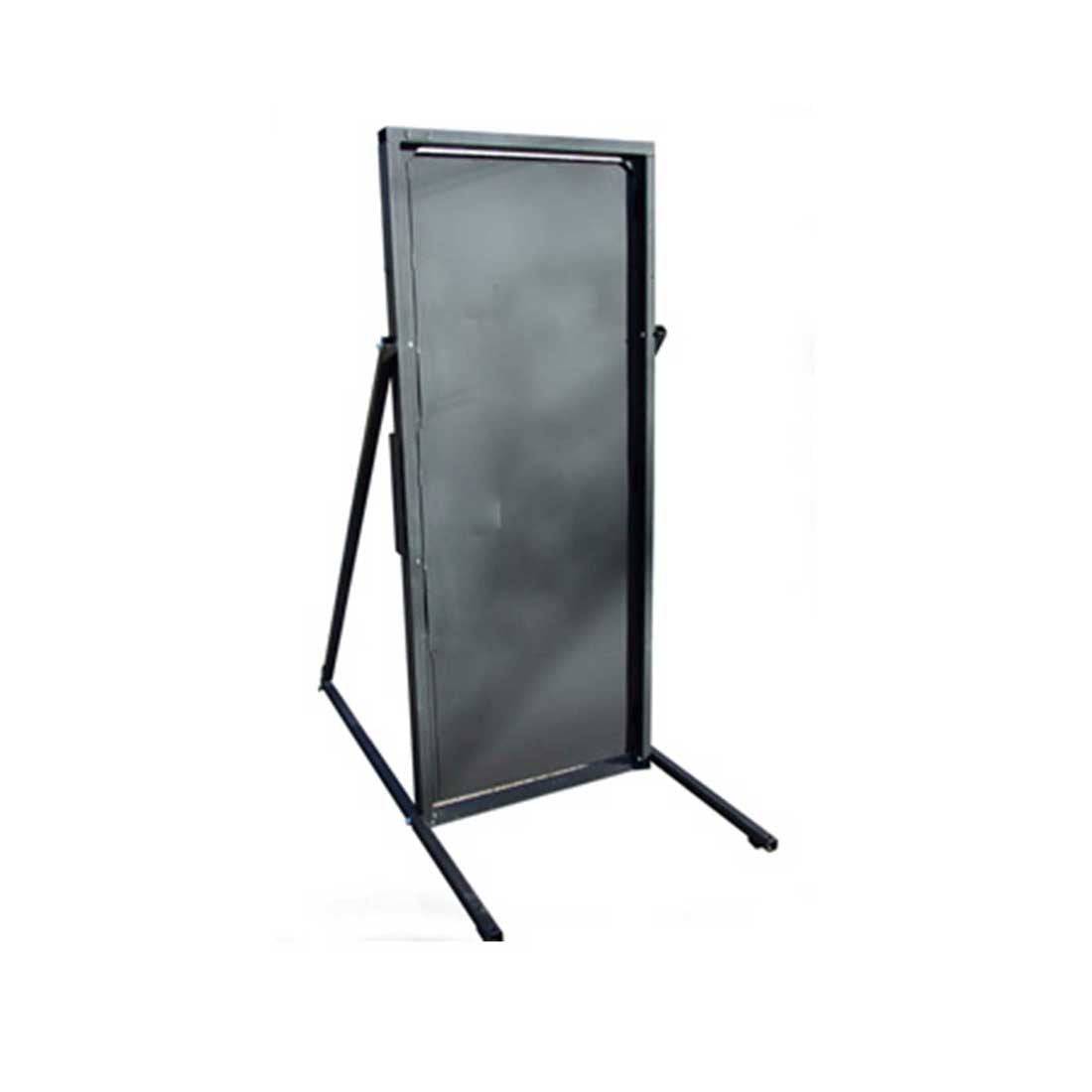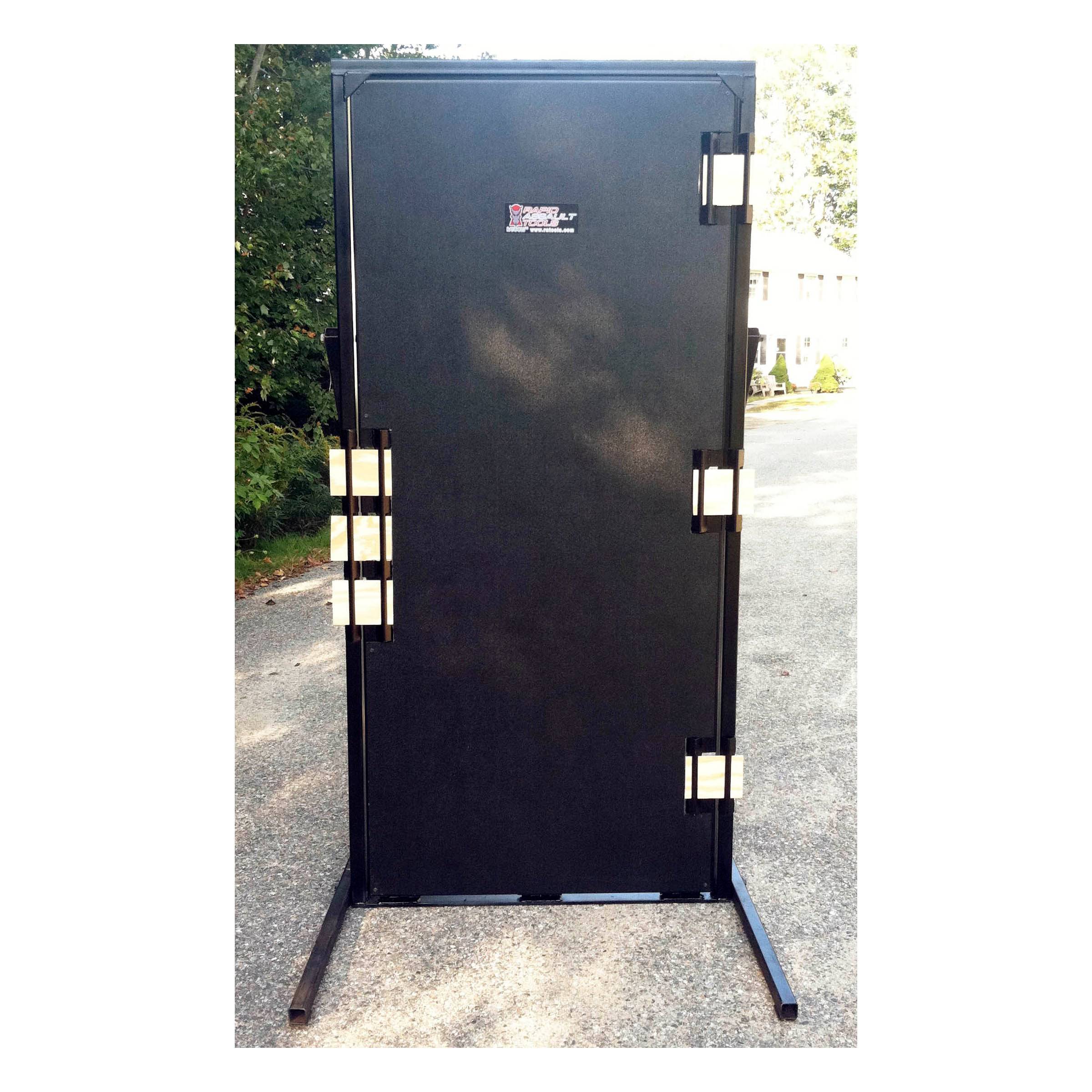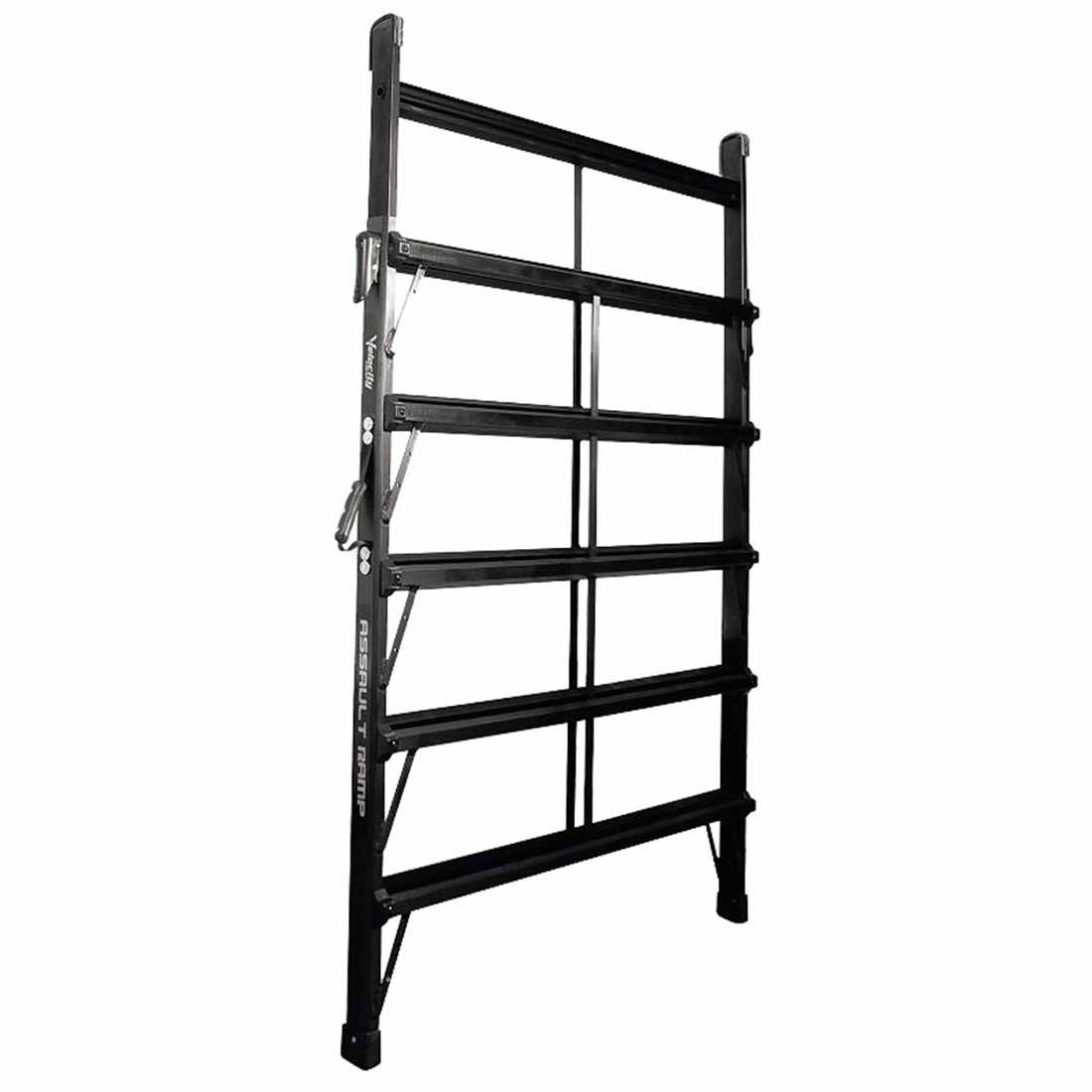Rapid Assault Tools
Frequently asked questions
What is forced entry and breaching equipment?
Forced entry and breaching equipment comprises specialized tools and devices designed for law enforcement, military, and emergency services to gain rapid access to buildings, vehicles, or other secured areas during operations. This equipment includes battering rams, breaching shotguns, hydraulic spreaders, and cutting torches, among others, tailored for different entry scenarios.
How do I choose the right breaching equipment for tactical operations?
Choosing the right breaching equipment depends on several factors including the operation's nature, the environment (urban vs. rural), the type of barrier (wood, steel, concrete), and the need for stealth or speed. Consultation with experienced professionals and training in different tools' usage can help determine the best fit for specific scenarios.
Are there any safety considerations when using forced entry and breaching tools?
Safety is paramount when using forced entry and breaching tools. Operators should undergo thorough training on proper use, wear appropriate personal protective equipment (PPE), and follow standard operating procedures (SOPs) to minimize risks to themselves and bystanders. Regular maintenance and checks of equipment are also crucial to ensure safety and effectiveness.
How can schools enhance security to prevent unauthorized access?
Schools can enhance security by installing sturdy fences, secure gates, and modern access control systems such as electronic locks and biometric scanners. Regular drills, security personnel training, and collaboration with local law enforcement can also play a vital role in preventing unauthorized access and ensuring rapid response in emergencies.
What role does breaching equipment play in school safety during emergencies?
In emergencies such as lockdowns or situations requiring immediate access to locked or barricaded areas, breaching equipment can be crucial for law enforcement and emergency responders to quickly enter and secure the premises. Its use is typically governed by strict protocols to ensure the safety of students, staff, and responders.
Can schools legally possess forced entry equipment for emergency use?
The legality of schools possessing forced entry equipment varies by jurisdiction and is generally subject to strict regulations. Typically, direct handling and operation of such equipment are reserved for trained professionals like law enforcement officers. Schools may coordinate with local agencies for emergency preparedness without directly owning the equipment.
What are the latest advancements in breaching technology for law enforcement?
The latest advancements in breaching technology include the development of more compact, efficient, and versatile tools. This includes battery-powered hydraulic rams, ultra-high-strength cutting tools capable of slicing through reinforced barriers, and non-explosive door breaching systems that allow for quick, quiet entry. Smart technologies are also being integrated, such as drones for surveillance and assessment of entry points, enhancing strategic planning and safety.
How do training and certification in forced entry techniques benefit law enforcement officers?
Training and certification in forced entry techniques provide law enforcement officers with the necessary skills to safely and effectively use breaching equipment. This not only improves operational outcomes by ensuring quicker and safer entry into buildings or areas but also minimizes the risk of injury to officers and civilians. Additionally, certified training programs help standardize procedures and techniques across units, promoting interoperability during joint operations.
What are effective strategies for training school staff in emergency response to intrusions?
Effective strategies for training school staff in emergency response include regular, scenario-based drills that simulate real-life situations, comprehensive training on lockdown procedures, communication protocols, and first-aid. Empowering staff with knowledge on how to use classroom materials as barricades or defense tools can also be beneficial. Collaboration with local law enforcement to provide expert-led workshops and training sessions ensures staff are familiar with best practices and response strategies.
How can technology enhance school safety and emergency preparedness?
Technology plays a crucial role in enhancing school safety and emergency preparedness through advanced surveillance systems, mass notification systems, and access control measures. Implementing AI-powered cameras can help in early detection of suspicious activities, while apps and communication platforms enable rapid dissemination of information during emergencies. Integration of IoT devices, such as smart locks and emergency call stations, can further bolster security by ensuring controlled access and providing immediate assistance pathways.



